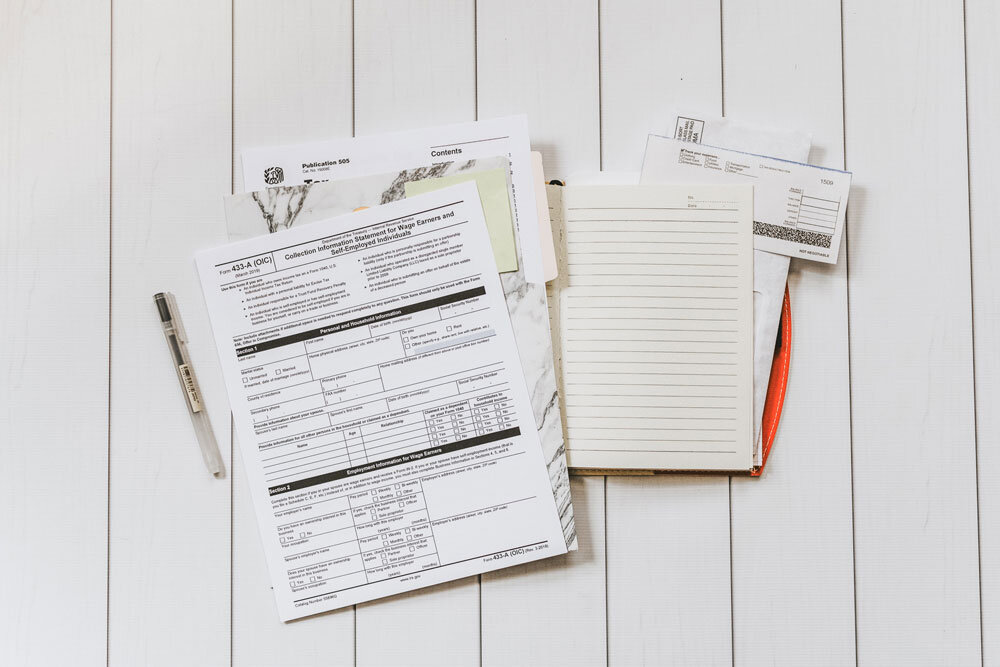Whether you’re applying for a job, college admission, or any other opportunity, keeping your application documents organized is crucial for a smooth and efficient process. Proper organization ensures that you have all the necessary information at your fingertips and helps you make a strong impression. Here’s a guide to organizing your essential application documents:
1. Create a Digital Folder
- Start by creating a dedicated folder on your computer or cloud storage platform (such as Google Drive or Dropbox) for your application documents. This central location will help you keep everything in one place.
2. Name Convention
- Use a consistent naming convention for your files. Include your name, the document type, and the date. For example, “JohnDoe_Resume_2023.pdf” or “JaneSmith_Transcripts_2023.pdf.”
3. Document Checklist
- Create a document checklist that outlines all the required materials for the application. Cross off items as you gather or complete them.
4. Resume/CV
- Keep an updated version of your resume or curriculum vitae (CV) in the folder. Tailor it for each application by highlighting relevant skills and experiences.
5. Cover Letter
- Have a template cover letter ready, and customize it for each application to address the specific company or institution.
6. Transcripts and Certificates
- Organize academic transcripts, certificates, and diplomas. Include both high school and higher education records if applicable.
7. Letters of Recommendation
- Keep a list of potential recommenders and their contact information. Request letters of recommendation well in advance and save them in the folder.
8. Work Samples or Portfolios
- If the application requires work samples or a portfolio, keep them organized in a subfolder within the main application folder.
9. Application Forms
- Download and save application forms, if applicable. Fill them out digitally to ensure neatness and legibility.
10. Test Scores
- Keep copies of standardized test scores (e.g., SAT, ACT, GRE) if required by the application.
11. Personal Statements or Essays
- Store drafts and final versions of personal statements or essays, ensuring each is saved with a clear label.
12. Deadlines and Submission Details
- Keep track of application deadlines, submission methods, and any specific instructions from the application.
13. Backup Copies
- Make backup copies of all your application documents. This ensures you have access to them even if your primary device fails.
14. Physical Copies
- If required, print physical copies of documents, such as transcripts or recommendation letters, and keep them organized in a labeled folder.
15. Update Regularly
- Regularly update and review your application folder to ensure all documents are current and accurate.
Conclusion
Organizing essential application documents is a crucial step in presenting yourself effectively to potential employers, educational institutions, or other opportunities. A well-organized folder simplifies the application process, reduces stress, and increases your chances of submitting complete and impressive applications. By following these guidelines, you’ll be better prepared to tackle any application with confidence and professionalism.










